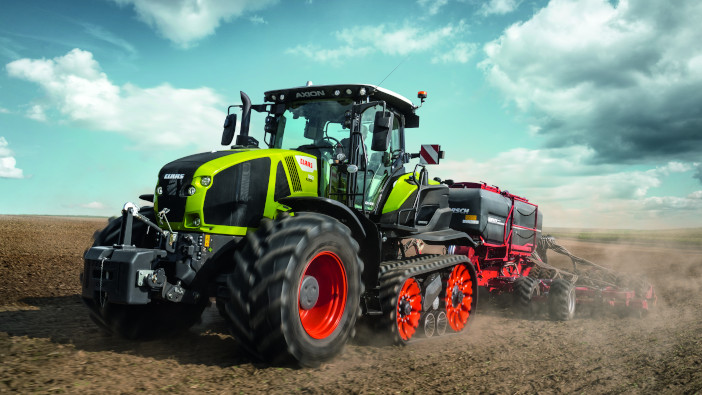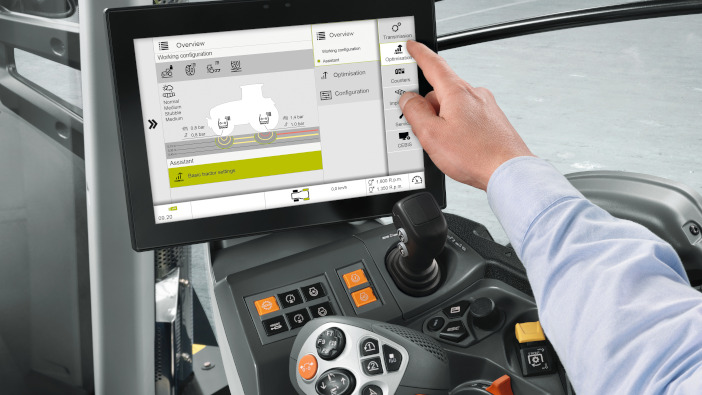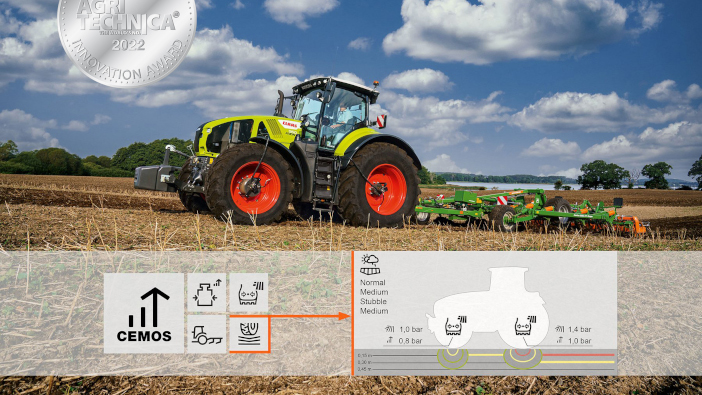This summer the Claas Group will be celebrating 25 years of Terra Trac technology. To mark the occasion, Claas held an online, whistlestop tour of their extensive Terra Trac archives, beginning in 1997.
It was in 1997 that Claas first introduced the Terra Trac, on their Lexion 450 combine harvesters. The emergence of this new age harvester triggered a broad market acceptance of soil-protecting tracks on self-propelled harvesters; a breakthrough for both combine harvesting and soil-protection technology.
Since then, Claas’ friction crawler track systems have been extensively developed and tested. Dr Ulf Leinhäuser, chief executive officer of Claas, when speaking during the online event, said that the Terra Trac’s evolution is down to ‘two sources of good ideas’: “Our own developers from farms, and our customers, contractors and farmers who continuously feedback their experiences in our development department.”
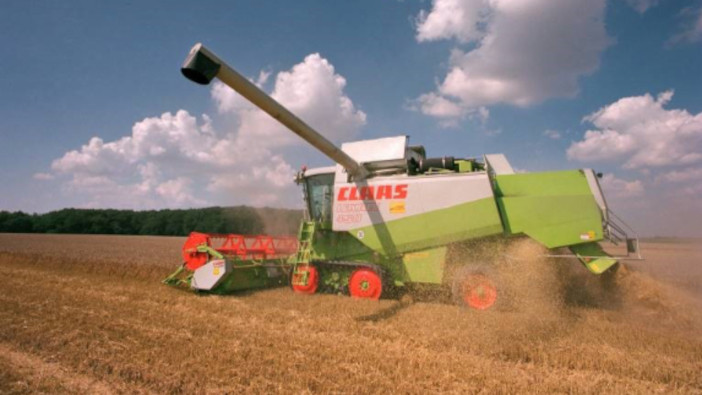
1997: Gen.I Terra Trac on the Lexion 450 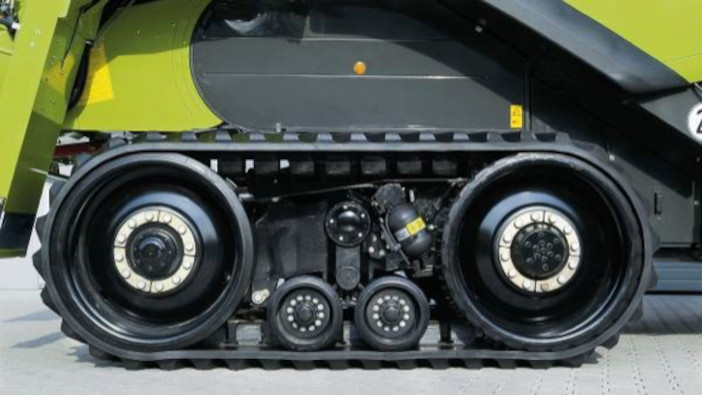
2004: Rubber shock absorbers added 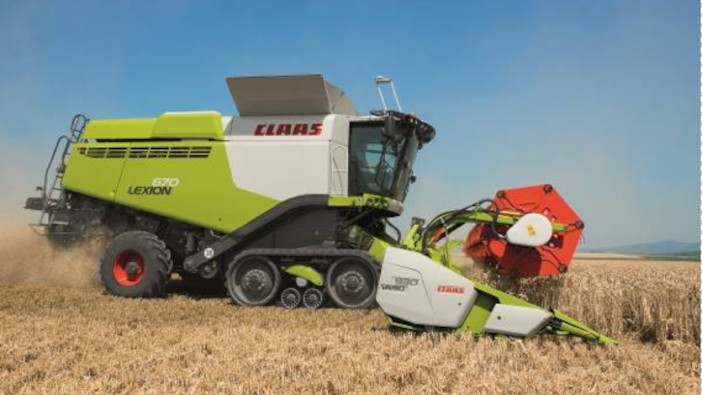
2011: 40km/h on-road driving speeds reached 
2019: Axion Terra Trac goes into production
With that, the first Terra Trac development came in 2004 with added rubber shock absorbers on the axles of the running gear – to increase driver comfort. Then in 2006, the second generation Terra Trac arrived on the Lexion 600, with a reinforced frame cast in one piece; and in 2011, hydro pneumatic suspension was developed, which significantly improved ground tracking and delivered on-road driving speeds of 40km/h for the first time.
2018 brought with it the two Jaguar Terra Trac models with a unique headland function, while series production began in 2019 of the two Axion Terra Trac models (which were announced at Agritechnica 2017 and still remain the only full-suspension half-track tractor on the market); the Lexion 5000/6000/7000/8000 was also presented with ten Terra Trac models.
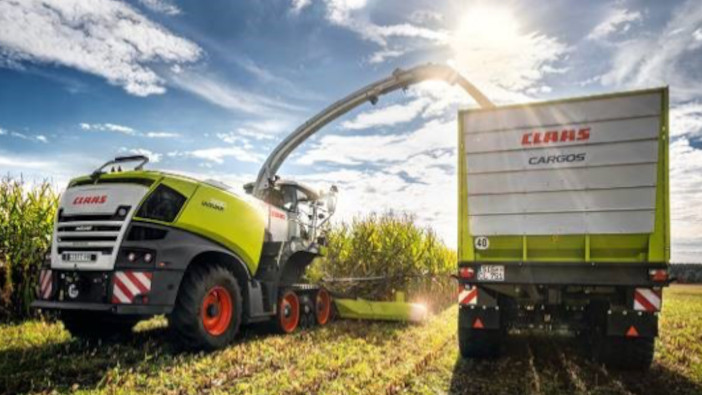
More recently, in 2021, Claas introduced the Trion combine range with six Terra Trac models; the first Claas series to include the option of a medium-sized five-walker model with Terra Trac.
2022
This year is looking to be as equally as exciting for Claas’ Terra Trac technology. As, in February 2022, the 100th Jaguar Terra Trac rolled off the assembly line in Harsewinkel.
The Jaguar model has a unique headland function, as the front roller can be lifted to turn around, “which reduces the width of the track on the ground to protect the grass and headlands,” says Jörg Wesselmann, the product manager forage harvester. He adds that this function makes it a ‘flexible and all year-round machine’.
This year, Claas also announced a new narrow width track for its Axion Terra Trac tractors, for increased versatility and soil-protection. In addition to the 635 and 735 mm wide rubber belts that were previously available with the Axion 930 and Axion 960 Terra Trac models, Claas will now offer 457 mm tracks.
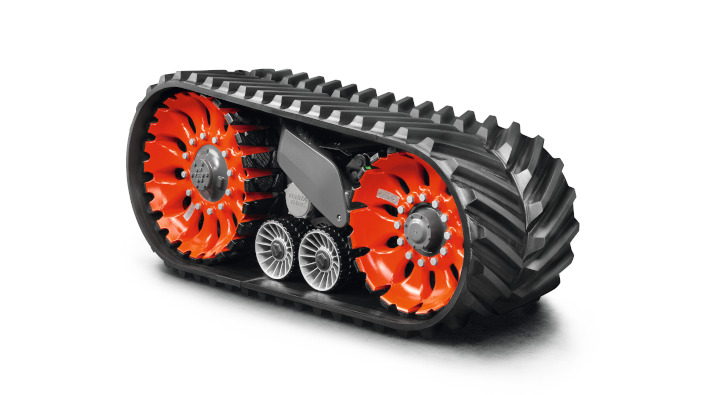
These narrow tracks make the Axion range ideal for use in row crops. The smaller belts will reduce soil damage and compaction on fields and grassland, while the active belt control when steering prevents surface damage on tight turns.
The Axion Terra Trac can also be equipped with the Claas CTIC tyre inflation system on the front axle, so the front tyres are filled using the air compressor from the air brake system.
Terranimo and CEMOS fusion
To support Claas’ soil protection technology, they have also announced that the Terranimo application will be integrated into CEMOS for tractors.
CEMOS for tractors is a dialogue-based operator assistance system which optimises machine settings to get the best results from both the tractor and any attached implement; and is still the only self-learning, interactive driver assistance and process optimisation system. While Terranimo is a simulation model which calculates and visualises the risk of harmful soil compactions, via algorithms based on decades of expertise.
In CEMOS for tractors, Terranimo’s algorithms are combined with parameters such as soil type and condition, working depth, field condition, and tyre type, plus others. With this combined information and the technical mechanics calculated by CEMOS, Terranimo will calculate the compaction risk for three soil layers.
With this risk assessment CEMOS can provide the driver with recommendations for ballasting and optimal tyre pressures, in order to drive in a way that protects the soil. Any settings changes made by the driver (for the tractor-implement combination) will flow back into the Terranimo’s current risk assessment, so the driver will receive direct feedback on the effect that changing the settings will have.
For more information go to www.claas.co.uk


